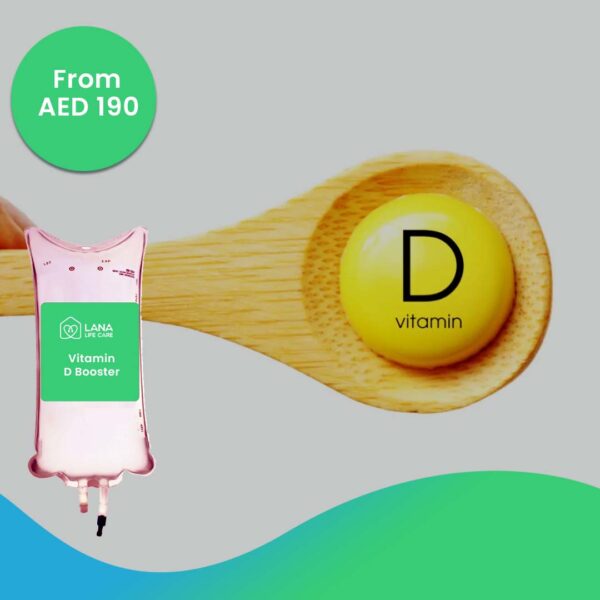Skin tear or skin cracks are skin marks that appear in areas where the skin is subjected to maximum tensile strength due to sagging of the support tissues in the deeper layers of the skin. Skin tears can be described as “linear tears resulting from the skin being stretched beyond its capacity”.
These cracks are also called “stretch marks” or “stretch marks”. Identifying the risks associated with skin cracks and taking appropriate preventive measures for these risks is essential. Skin cracks usually appear in women, approximately one in three women, and although they do not pose a health risk, they are considered a “very significant cosmetic defect”. So in this guide we will discuss the best dressing for skin tear.
What Are Skin Tear Categories
Speaking about the best dressing for skin tear. The basic mechanism of skin cracks is due to changes in the outer network of skin support cells in the true skin layer (derma). These changes include damage to protein components such as elastin, fibronectin, and collagen. These changes have been shown by previous medical research and reviews.
The biochemical mechanism in the skin includes the secretion of cytokines from the inner mast cells in the dermis, and these cytokines lead to elastin degradation (elastin breakdown), reduced production of new collagen and fibronectin, and weakened cross-links between collagens.
Although the skin has the ability to protect the body and endure, it becomes vulnerable to rapid changes. Under the skin, there are layers of fat and muscle tissue that can grow and shrink rapidly. This rapid growth and shrinkage can cause rupture or separation between cell bonds within the skin.
Which ultimately leads to the formation of skin stretch marks. Elastin, which plays a major role in skin elasticity, is one of the main proteins that is damaged in the process of skin stretch marks. When muscle or fat grows rapidly, stress is imposed on the skin and can cause the bonds between skin cells to rupture, resulting in the formation of skin stretch marks.
Visual Guide to Skin Tear Types
Visual cues can be very helpful in identifying the type of the best dressing for skin tear. These cues show the extent of the damage, making it easier to determine the appropriate treatment. Visual cues cover everything from superficial wounds that affect only the surface layer of skin to deep wounds that reach the underlying tissue. Visual cues also play a role in prevention strategies.
Identifying potential risk areas can guide the implementation of preventive measures to reduce the likelihood of skin lacerations. Moisturizing and the use of protective clothing are important aspects highlighted in these cues. Another benefit of these cues is understanding the skin wound healing process.
They help inform how the body repairs itself after injury and the care required for different types of wounds. From cleaning a wound to applying appropriate dressings and monitoring the healing process, visual cues are a comprehensive source of information for healthcare professionals and patients.
Book Now: wound care at home
Detailed Skin Tear Classifications
Knowing the differences between skin tears is helpful in managing the best dressing for skin tear. These wounds are generally divided into three categories: Type I, where an intact skin flap is present; Type II, where the skin flap is partially absent; and Type III, where the skin flap is completely absent.
- Type I skin tears are characterized by the presence of an intact skin flap that can be repositioned to the wound bed, effectively healing the wound and preventing further skin tears.
- Type II skin tears, on the other hand, involve a partially missing skin flap, complicating the healing process. The exposed wound bed often requires aggressive treatment to promote healing.
- While Type III skin tears are the most severe and are characterized by complete loss of the skin flap. These deep, large wounds require aggressive management strategies.
Note; Recognizing these classifications can pave the way for appropriate best dressing for skin tear and minimize further skin damage.
best dressing for skin tears
When it comes to the best dressing for skin tear, the use of silicone plasters on the wound provides an occlusion to the newly formed, incomplete layer that helps maintain water levels in the skin, which provides natural hydration to the scar site and thus does not send signals to the cells to produce amounts of collagen, which reduces the risk of infection in raised scars.
Silicone patches also provide an ideal environment for scars to heal naturally by improving the condition of the wound edges and protecting them from bacterial infection, which has the ability to stimulate collagen in the wounds.
Silicone sheets and dressings are characterized by their ability to cover large areas at once, making them ideal for large scars, burn scars, and large wounds such as rashes and scattered scars. They can be used for up to 24 hours or more.
Silicone dressings are commonly used to aid wound healing for a wide range of conditions such as diabetic ulcers, skin grafts, blisters, and skin tears. A study published in the Journal of Dermatologic and Aesthetic Surgery showed that treatment with silicone resulted in an 86% reduction in texture, 84% in color, and 68% in scar height.
Also Read: types of wound dressing
How to dress for skin tears?
First, the affected area is washed and sterilized, making sure it is clean and dry, then any cream that was used on the affected area is wiped off. We remove the cover from the silicone and place the adhesive side on the affected area. Silicone dressings can be used for 24 hours in the first two days depending on skin tolerance, and then the time period can be increased.
What are the main benefits of silicone dressings for skin tears?
Speaking about the best dressing for skin tear, here are some benefits of silicone dressings for skin tears;
- Pain relief during dressing changes, according to the World Federation of Wound Healing Societies, dressing changes are one of the most difficult parts of wound healing due to the pain they cause. Traditional dressings tend to pull the skin around the wound, leading to longer recovery periods.
- Scar reduction, when the goal of dressings is to reduce scars, silicone dressings have a long history in this field. Silicone dressings provide a healthy environment for the wound to help speed up healing and prevent any further damage, especially in raised and prominent scars.
- Patient comfort and sensitivity, soft silicone dressings are preferred by those with sensitive skin, such as children and the elderly alike. Silicone dressings can also be used for long periods, which means fewer dressing changes, in addition to being easy to remove without pain, as they pull the skin slightly and are generally more comfortable for the patient while using them during the wound recovery period.
- Transparency, transparent silicone dressings help to easily examine wounds during the treatment period, which leads to reducing the frequency of dressing changes, thus reducing treatment costs.
Also Read: heel pressure ulcer treatment
Effective Skin Tear Treatment Techniques
When it comes to the best dressing for skin tear, skin tears do not constitute a health problem other than affecting the external appearance. Therefore, it is not necessary to treat them. People who care about beauty and external appearance may want to treat them because they may cause concerns. Treating cracks after they form does not give 100% results.
However, an improvement in appearance can be achieved. The important thing is to start treatment early. When cracks are noticed, if treatment is started without wasting time, the results are more effective. The goal of treatment is to restore the skin to its previous color and reduce the depth. The methods used to treat skin cracks are as follows:
- Functional Laser
- Radiofrequency
- Dermabrasion
- Dermal Therapy
- Platelet-Rich Plasma
- Mesotherapy
The Best Skin Tear Dressings for Elderly Care with Lana Life Care
Speaking about the best dressing for skin tear, tears are common and require careful and appropriate care to heal effectively. Understanding Wound dressing guide, types, and proper wound care is essential for proper healing and recovery. If you are concerned about skin tears, or know someone with wounds that are not showing signs of improvement, the specialized team at Lana Life Care for Home Health Care Services In Dubai can help in wound vac nursing care. Book an appointment now.
Conclusion
By understanding the causes of skin tears and appropriate treatments, healthcare professionals and caregivers can greatly improve the quality of life of elderly patients. A comprehensive approach that includes the use of the best dressing for skin tear such as hydrocolloid dressings and preventive measures can ensure the skin safety and overall health of the care recipient. If you need help caring for an elderly loved one, do not hesitate to seek professional help, as this will not only reduce the physical burden of caregiving, but will also improve the care the elderly person receives.
FAQ
What is the best dressing for a weeping wound?
Silicone dressings is the best choice for deep wounds.
Should you put a dressing on a skin tear?
Instructions for use are clearly stated and attached to the patch, or alternatively, you can seek the help of a specialist




